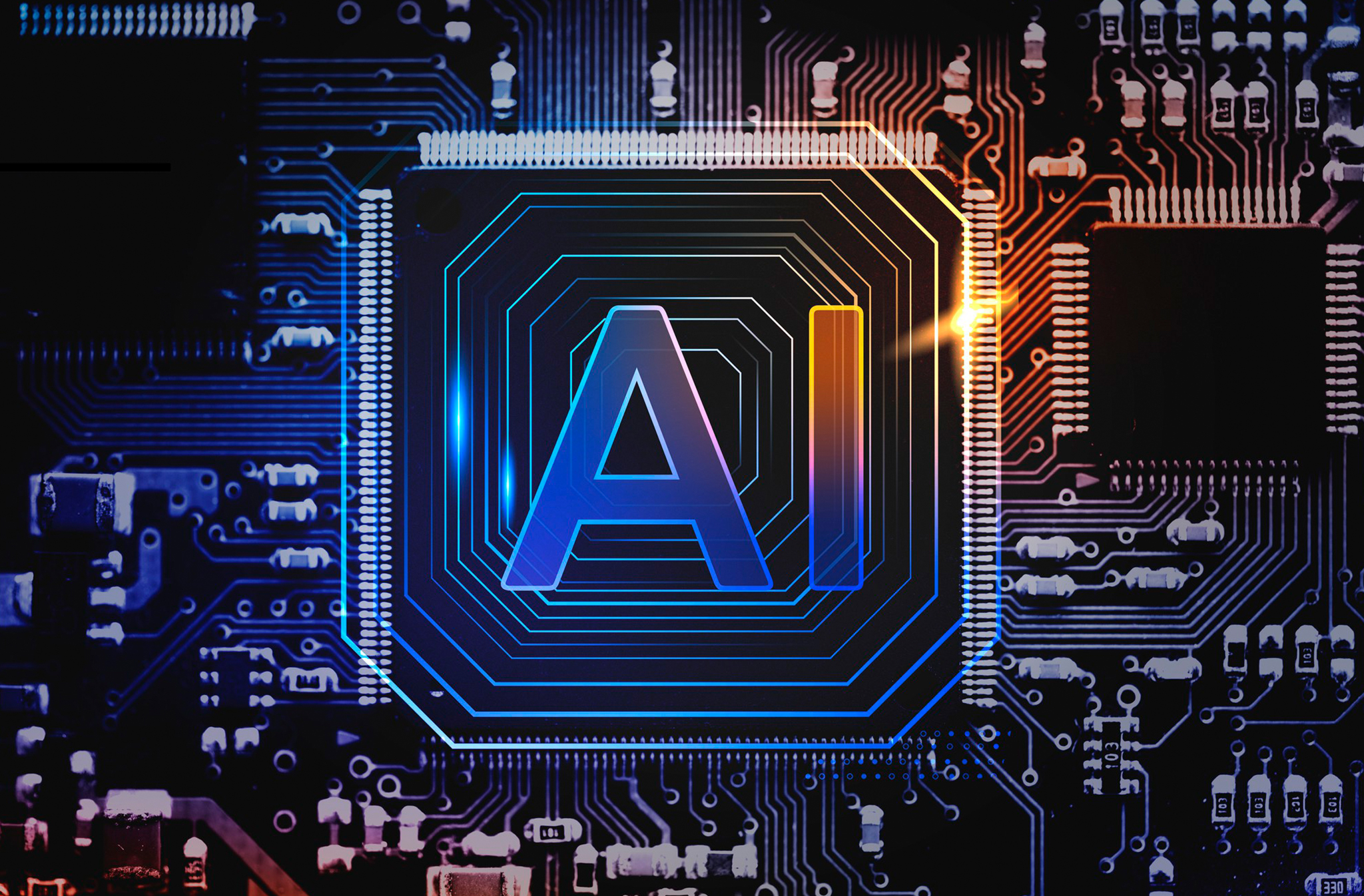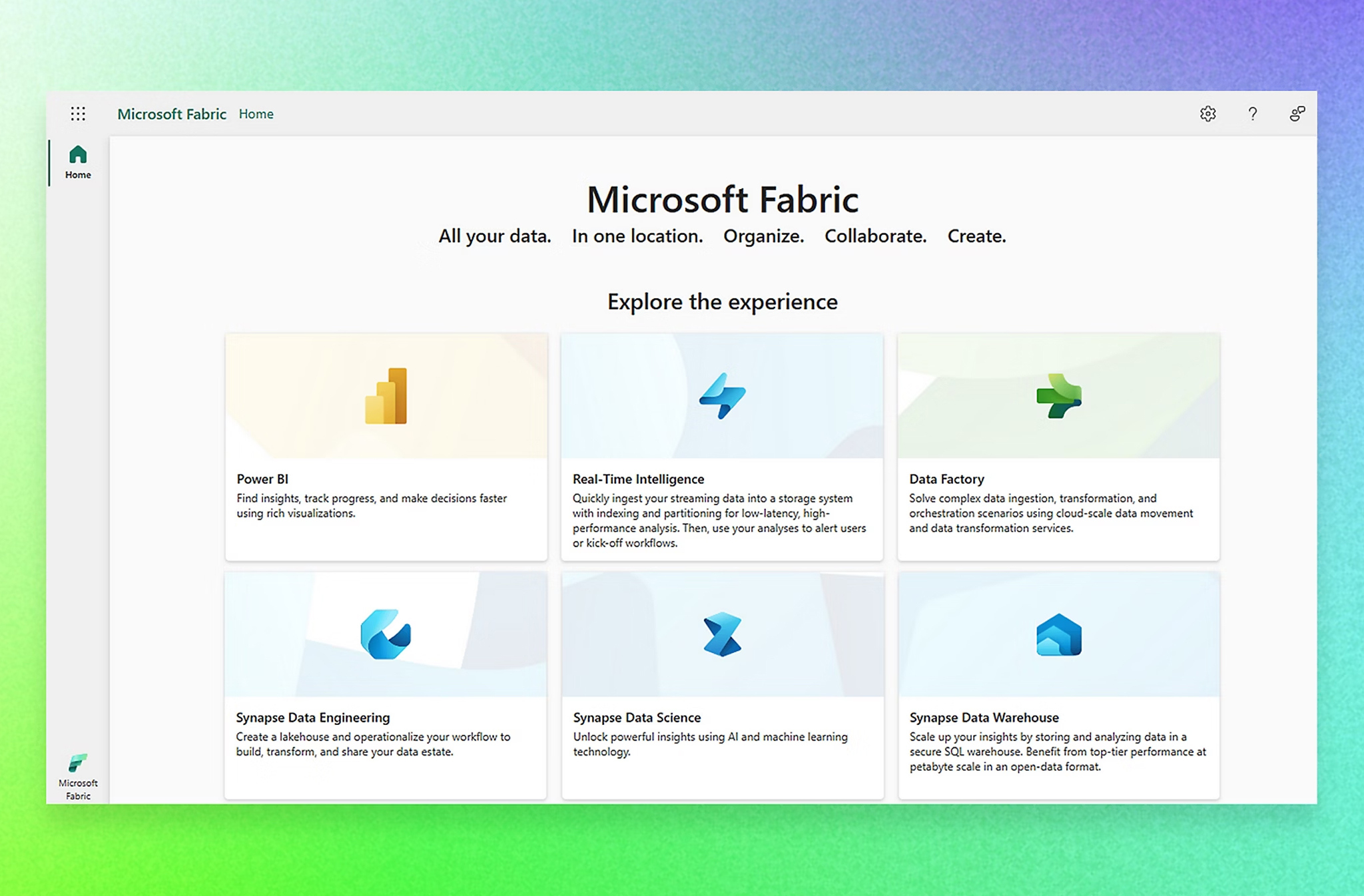
Thinking beyond AI replacing you: The end of bespoke apps (and SaaS landscape) as we know it

The debate about AI often gets weighed down by questions like, “Will AI replace me or my team?”
There is understandable concern, but this misses a key point about the real transformation that is happening. The shift isn’t about AI taking over individual roles but about how bespoke, business-specific applications can be replaced by a single data-driven AI model, customised to each organisation’s unique data landscape.
For example, Shopify has integrated its own AI assistant into its platform to help merchants respond to customer queries more efficiently. Instead of requiring third-party support tools, merchants leverage an AI layer that’s already trained on Shopify-specific data, further personalised to individual stores.
The winners in this new paradigm shift will be those who understand the strategic power of aligning their data with adaptable AI capabilities.
“Will AI replace me or my team?“

Data and AI: The new application layer
Today’s SaaS application architecture relies on multiple layers – UI, middleware, APIs, and custom workflows – to deliver value. But in the future these layers could be replaced by AI that operates directly on data. In this situation, the AI model doesn’t just read and analyse data; it becomes the logic layer, interpreting, adapting, and acting on it in real time.
The result? Lean, efficient architectures where data is the foundation and AI is the engine. The bespoke apps that once handled specific business functions become redundant. Instead, organisations would invest in fine-tuning an AI model with optimised access to their data – effectively cutting out the bloat and inefficiency of traditional software stacks.

Five implications of AI-driven data architectures
This shift to data and AI as the new application layer will have profound impact across industries:
1. Bespoke apps become obsolete
Organisations today rely on custom-built applications to solve specific challenges. For example, in manufacturing enterprise resourcing planning (ERP) systems are typically used to solve challenges with inventory tracking, scheduling or procurement. Then, custom applications are built to handle specific use cases, such as track raw material usage across multiple plants, for example. This creates overhead and complexity. In the new AI-driven paradigm, those apps would be replaced by a single AI model that connects directly to the organisations data assets. Instead of siloed applications, organisations will deploy modular AI workflows capable of adapting to evolving needs. Companies like Siemens are exploring AI-powered “digital twins” of their manufacturing processes. These digital twins use data to simulate, predict, and optimise operations, eliminating the need for separate, custom-built ERP modules or applications.
2. Data becomes the new gold
In this future, the quality, accessibility, and management of data are critical. Organisations with clean, well-structured, and accessible data will hold the advantage. AI models will thrive on this data, generating insights, automating workflows, and even predicting future needs – all without requiring the heavy lifting and overhead of bespoke app development.
3. Interfaces reimagined
Dashboards and rigid workflows will eventually give way to dynamic, real-time interfaces. For example, issuing voice commands, or interacting with conversational AI to directly query data and trigger actions. The focus will shift from navigating applications to interacting directly with the data and AI systems that drive business outcomes.
4. The app economy transformed
Instead of buying and subscribing to apps, organisations could purchase or license access to AI-driven workflows. This will disrupt the app store model, leading to marketplaces for modular AI capabilities that integrate seamlessly with different data systems. Developers will shift their focus to creating robust AI models and optimising data pipelines rather than building feature-heavy apps.
5. A new role for developers
Development roles would evolve from crafting bespoke apps to training and refining AI models that work on top of data. The focus will be on ensuring these models integrate seamlessly into the organisation-wide data ecosystem, delivering value faster and more efficiently than is possible with traditional app development.

Why data is so important
AI’s potential is only as good as the data it’s working with. Organisations need to prioritise creating a data infrastructure that is clean, accessible, and secure. This is not a secondary concern, but the primary enabler of the AI transformation. AI is no longer a feature that sits on top of software; it’s a partner to data, replacing the software layers we’ve relied on for decades.
Preparing for the paradigm shift
This transformation isn’t hypothetical – it’s already starting to happen. Forward-thinking organisations are:
- Investing in robust data infrastructures and pipelines.
- Embracing AI as a logic layer instead of a bolt-on feature.
- Reimagining workflows to be modular, adaptive, and real-time.
- Preparing their teams for a world where the focus is on optimising data and AI, not maintaining traditional, siloed apps.

The shift from SaaS apps to AI-driven data architecture
Just as this isn’t about AI replacing people’s jobs, it also isn’t just the end of the SaaS apps market as we know it – in fact, this is the start of a new era driven by data and AI, which has wide ranging implications across multiple industries.
For organisations that invest in data foundations, there is the offer of unprecedented efficiency, intelligence, and adaptability. Developers can focus on solving core challenges instead of building bloated, feature heavy apps. And consumers can expect deeply personalised, intuitive experiences.
The key question is how organisations invest to adapt to the rise of data and AI as the foundation of business logic.




